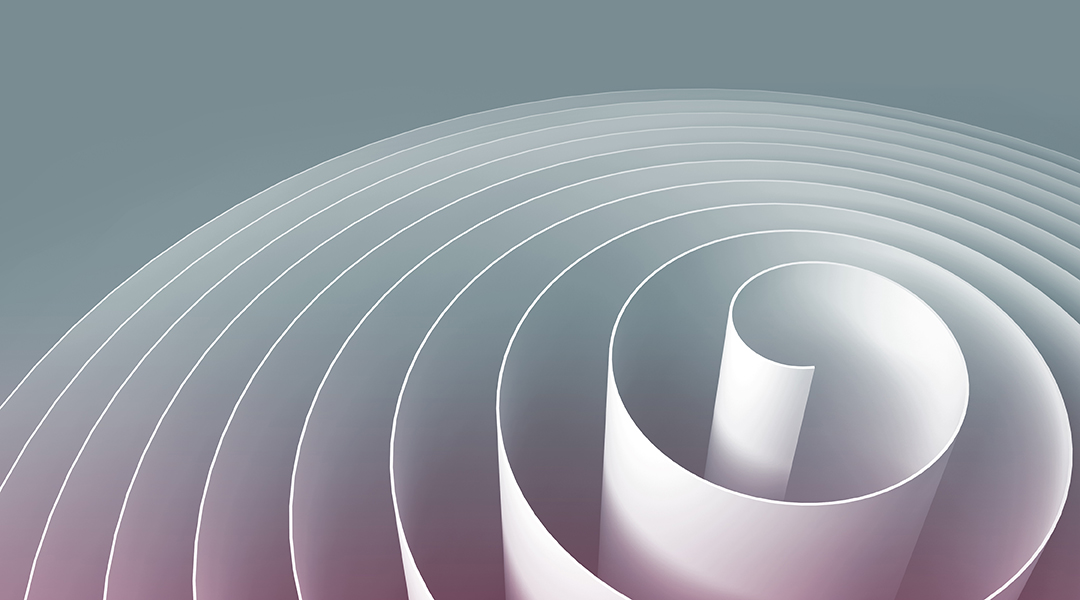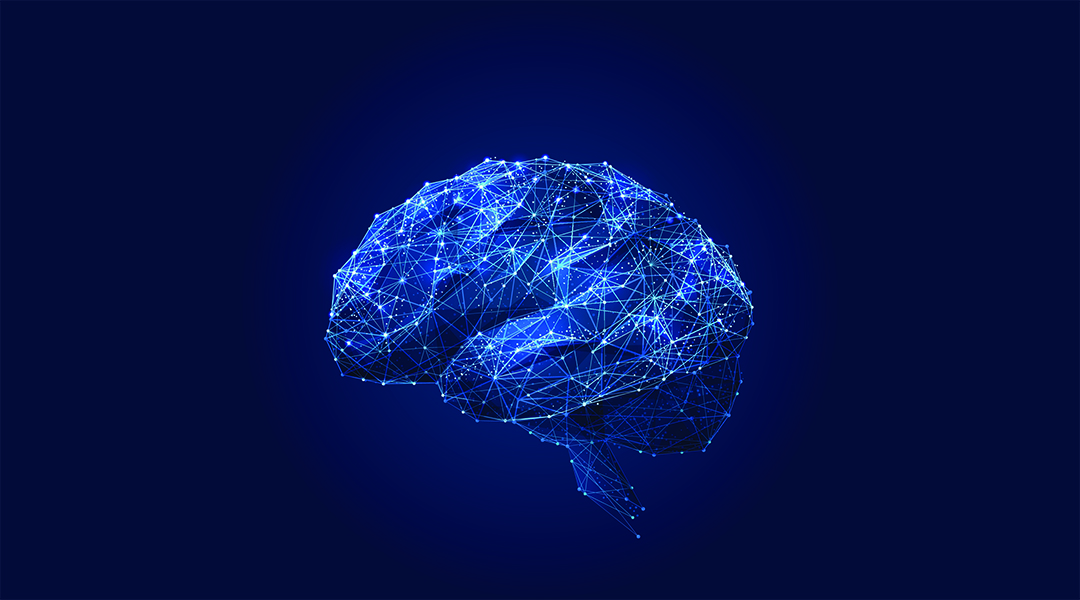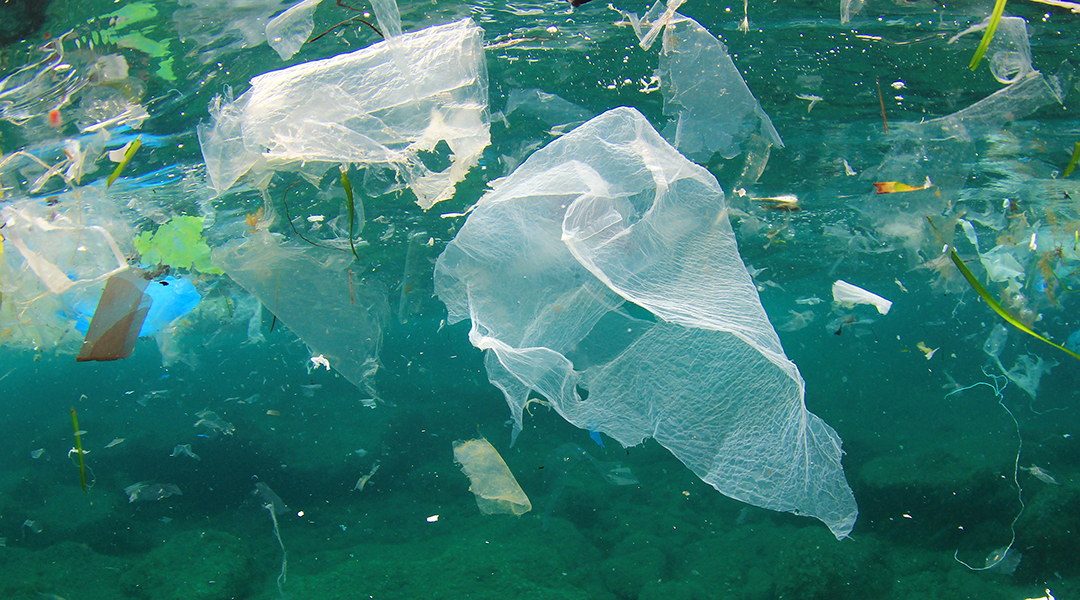A new, flexible, and self-powered sensor made by magnetoelectric materials can convert mechanical stimuli to electrical signals for robots with a “soft touch”.


A new, flexible, and self-powered sensor made by magnetoelectric materials can convert mechanical stimuli to electrical signals for robots with a “soft touch”.

To mimic the fluid and versatile movement of soft-bodied animals, soft robots require their own “muscles” to function.

Archimedean spirals for flexible heat actuator-sensor devices.

An automated microfluidics‐based reaction system provides hands-off synthesis for the modern lab.

Researchers at Dartmouth have developed a miniature robotic bug that has a flexible body, is easily maneuverable, and can be completely flattened without damaging its functionality.

Smart contact lenses could revolutionize the way in which we monitor brain activity and diagnose neurological diseases.

How do we reproduce the memory and processing capabilities of the human brain?

The remarkably agile arms of the octopus are a source of inspiration for the design of autonomous robots.

A new approach combines 3D coherent imaging with machine learning to detect microscale microplastics in filtered water samples.

Researchers develop a biomimetic flow channel module that facilitates continuous process water analysis in washing machines.